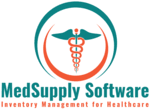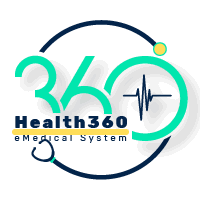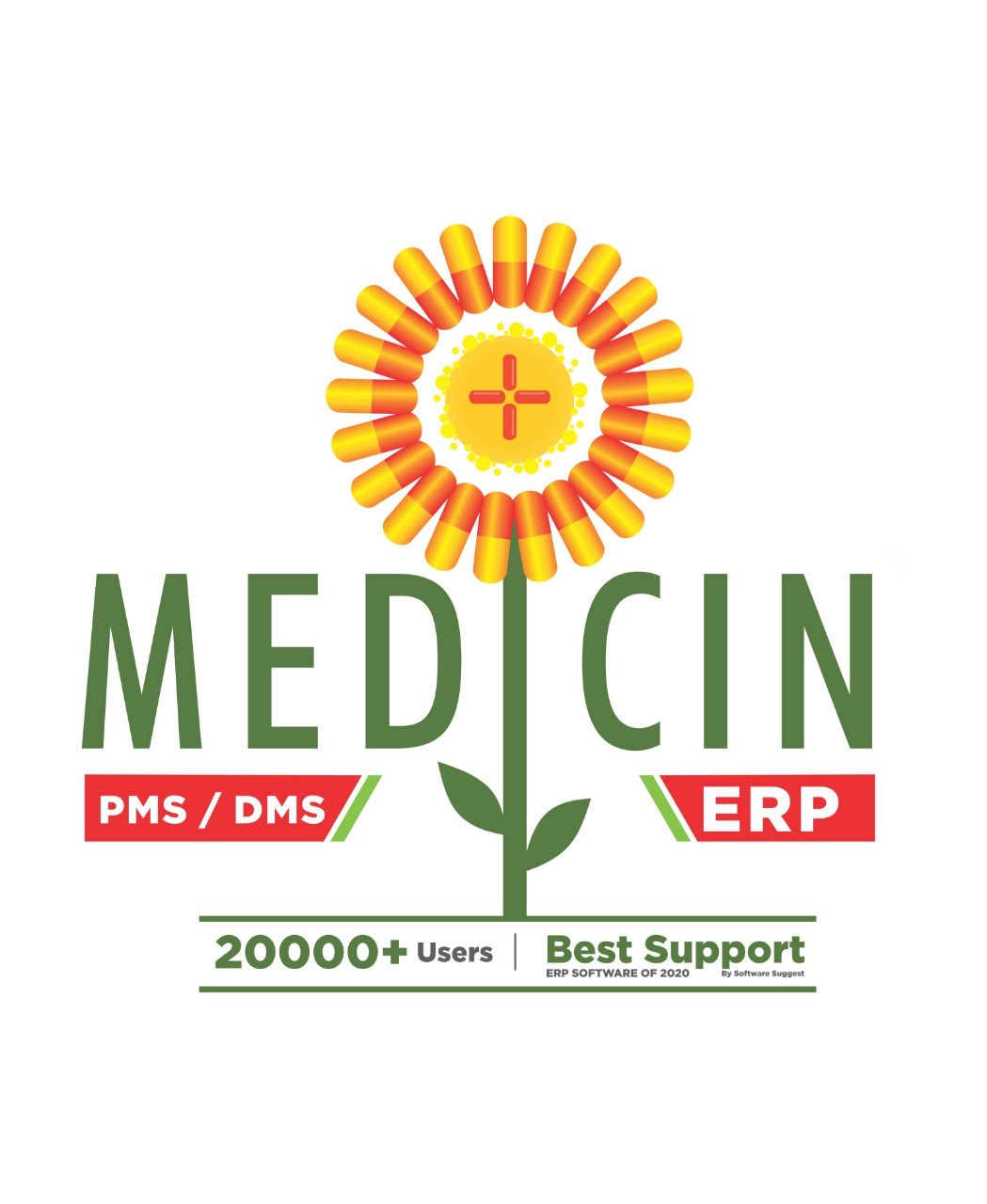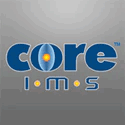What Is Medical Inventory Software?
Medical inventory software is a specialist application used by healthcare organizations to manage their medical supply, device, and equipment inventories. It offers a unified and automated system for tracking, ordering, and managing inventory items in medical facilities like hospitals, clinics, and pharmacies. Medical inventory software allows healthcare professionals to keep organized and on top of their inventory levels, ensuring that they always have the materials they need to offer quality patient care.
The program also helps to control expenses by reducing waste and overstocking, as well as avoiding stock shortages that can interrupt operations. One of the most important characteristics of medical inventory software is the ability to track and document all inventory transactions, from receipt and storage to use and disposal. This enables users to track supply levels in real time and receive alerts when supplies are running low.
Furthermore, medical inventory software frequently has built-in barcode scanning capabilities, allowing for faster and more accurate item tracking and inventory record updates. Some advanced software makes use of RFID technology to improve tracking and management. Furthermore, many medical inventory software alternatives include reporting and analytics functions, which allow customers to gain insight into their inventory consumption and make data-driven restocking and budgeting decisions.
What Are The Recent Trends In Medical Inventory Software?
In recent years, the healthcare business has seen a substantial increase in the use of technology to improve various processes, with inventory management being no exception.
Medical inventory software has evolved to fit the specific needs of the healthcare industry, resulting in various growing trends that buyers should be aware of.
1. Cloud-Based Solutions: As cloud computing gains popularity, an increasing number of medical inventory software companies are offering cloud-based solutions. These systems reduce the need for on-premise servers and provide remote access, making it easier for healthcare organizations to manage inventories in multiple locations.
2. Integration With Electronic Health Records (EHR): Medical inventory software now requires integration with EHR systems. It enables the seamless movement of data between the two systems, which improves inventory management accuracy and efficiency.
3. Automation: Automation is becoming increasingly popular in the healthcare industry, including medical inventory software. Automation allows processes like stock level monitoring, ordering, and tracking expiry dates to be completed automatically, saving time and lowering the risk of human error.
4. Mobile Capabilities: As the use of mobile devices in healthcare facilities grows, so does the demand for medical inventory software. Many providers now offer mobile applications that enable healthcare personnel to access inventory information and complete activities while on the road.
5. Data Analytics: Many medical inventory software suppliers now provide data analytics solutions, allowing users to get insights into their inventory management methods. This can aid in identifying areas for improvement and making data-driven decisions to maximize inventory levels and prevent waste.
6. Supply Chain Management Integration: As the healthcare supply chain grows in complexity, medical inventory software is increasingly integrating with supply chain management systems. This enables for complete inventory tracking and management, from ordering to delivery.
Benefits Of Using Medical Inventory Software
Medical inventory software is an important tool for healthcare institutions because it allows them to easily manage and monitor inventory levels of key medical goods. Medical inventory software uses advanced technology and automated processes to streamline inventory management, saving healthcare providers time, effort, and money.
Here are the main advantages of using medical inventory software to help you make an informed purchase decision.
1. Streamlined Inventory Management: One of the most major advantages of adopting medical inventory software is more efficient inventory management. This program allows healthcare organizations to effortlessly track, arrange, and monitor inventory levels in real time. This reduces the need for human record-keeping, which lowers the likelihood of errors and conflicts in inventory data.
2. Time And Cost Efficiency: Medical inventory software saves healthcare organizations valuable time and money by automating inventory management operations. The software delivers real-time inventory data, allowing healthcare providers to make informed decisions while avoiding overstocking or understocking of goods. This, in turn, decreases waste from expired supplies and eliminates the need for emergency purchases, resulting in cost savings to the institution.
3. Improved Patient Care: To offer great patient care, healthcare facilities must manage their inventories accurately and efficiently. Medical inventory software allows healthcare providers to ensure that vital medical supplies and prescriptions are always available, eliminating treatment delays. This improves patient happiness and the facility's overall reputation.
4. Improved Security And Safety: Medical inventory software provides a secure and reliable solution to track critical medical supplies and pharmaceuticals. The program supports access control and tracking, ensuring that only authorized individuals have access to sensitive inventory data. The program also helps to prevent supply theft and misplacement by providing real-time tracking and monitoring.
5. Simplified Compliance: In the healthcare industry, regulatory compliance is crucial. Medical inventory software assists healthcare organizations in maintaining compliance by generating accurate and complete inventory reports, making it easier to track and manage controlled substances. This simplifies the compliance procedure for healthcare providers, saving them time and effort.
Important Factors To Consider While Purchasing Medical Inventory Software?
When it comes to organizing and tracking medical inventory, the appropriate software may make a huge impact. However, with so many options on the market, it might be difficult to select the ideal one for your healthcare center.
To make your purchasing decision easier, here are some crucial considerations to consider when selecting medical inventory software.
1. Inventory Tracking And Management Features: Medical inventory software is primarily used to track and manage inventory levels. It is critical to select software that includes powerful inventory tracking and management features like as barcode scanning, real-time updates, and automated reorder points. This will enable more precise and effective inventory management, lowering the risk of stockouts and overstocking.
2. Integration With Existing Systems: Before acquiring any software, make sure it can work seamlessly with your existing systems, such as electronic health records (EHR) or electronic medical records (EMR). This will prevent disruptions in your day-to-day operations and improve data management.
3. User-Friendly Interface: The program should be straightforward and simple to use, even by non-technical personnel. Look for a user-friendly interface with simple navigation and minimum training. This will save both time and resources in the long term.
4. Customization And Scalability: Every healthcare facility has distinct inventory management requirements. As a result, it is critical to select software that can be adjusted to meet your individual needs. It should also be able to scale as your facility grows while maintaining performance.
5. Data Security And Compliance: Medical inventory software manages sensitive patient and facility information. As a result, it is critical to ensure that the software you purchase includes strong security features such as data encryption and user access controls. It should also follow healthcare rules, such as HIPAA, to protect patient privacy.
6. Customer Support And Training: Before investing in any program, be sure you have access to dependable customer support and training. Look for a vendor who provides fast and efficient technical assistance. They should also provide proper training to your employees so that they can take full advantage of the software's capabilities.
7. Cost And ROI: While cost should not be the sole consideration, it is critical to calculate the total cost of ownership prior to making a purchase. Consider the initial expense, recurring maintenance fees, and potential savings or return on investment (ROI). A good program should save money by managing inventories efficiently, avoiding waste and losses. When choosing medical inventory software for your healthcare facility, consider these considerations to make an informed decision. Don't forget to compare multiple solutions, study reviews, and seek recommendations to get the finest software for your individual requirements.
What Are The Key Features To Look For In Medical Inventory Software?
When searching for medical inventory software, customers should prioritize a few important characteristics to guarantee they get the best value for their money.
These features include the following:
1. Inventory Management Capabilities: The basic goal of medical inventory software is to efficiently manage inventory. Look for features like real-time tracking, low-stock notifications, and automated reorder points to assist streamline inventory management and avoid stockouts and overstocks.
2. Integration With Other Systems: Medical practices frequently employ many software systems for various purposes. To ensure seamless data flow and eliminate manual data entry, select medical inventory software that integrates with your existing systems, such as EHR, accounting, and ordering systems.
3. Barcode Scanning And RFID Support: Barcode scanning and RFID technology have the potential to dramatically increase inventory accuracy and efficiency. Look for software that includes these features, or better yet, a mobile app for on-the-go barcode scanning.
4. Lot And Expiration Tracking: In the medical industry, having precise information about expiration dates and lot numbers is critical to patient safety. Make sure the software you chose has powerful lot and expiration tracking capabilities so that you can simply detect and manage expired or recalled items.
5. Reporting And Analytics: In-depth reporting and analytics can provide significant information about inventory trends, purchase patterns, and cost-cutting potential. Choose software that allows you to create personalized reports and dashboards to aid in data-driven decision-making.
6. Security And Compliance: Because medical practices deal with sensitive patient information and must adhere to strict regulations, it is critical to select software that ensures data security and compliance with HIPAA and FDA regulations.
7. User-Friendly Interface: The software should be easy to use and intuitive, with a straightforward and organized layout. This will make it easier for your employees to learn and operate the program while reducing training time and costs. Consider these crucial aspects when searching for medical inventory software to ensure that you select a system that fulfills your individual requirements and assists you in efficiently managing your inventory, saving money, and improving patient care.
Why Do Businesses Need Medical Inventory Software?
Businesses in the medical industry handle a vast range of inventory, including pharmaceuticals, instruments, supplies, and equipment. Keeping track of these goods can be difficult, especially with increased rules and the possibility of human error. This is where medical inventory management software comes in. First and foremost, medical inventory software simplifies the inventory management process.
It enables firms to watch and manage their inventory in real time, delivering accurate information about stock levels, expiration dates, and usage patterns. This not only saves time and effort, but also helps to prevent stock shortages and overstocking, ensuring that the necessary supplies are always accessible when needed. Furthermore, medical inventory software offers a centralized system that interfaces with other departments, such as accounting and purchasing, to allow for a smooth flow of data and decrease manual operations.
This increases overall efficiency and productivity, which leads to cost savings. Another significant advantage of adopting medical inventory software is its capacity to assure compliance with regulations. With capabilities like lot and batch tracking, expiration date tracking, and audit trails, organizations may simply keep correct records and verify compliance during inspections. Furthermore, medical inventory software includes comprehensive reporting tools that provide useful information about inventory trends, utilization patterns, and expenditures.
This enables firms to identify areas for improvement, optimize inventory levels, and make data-driven decisions that promote profitability. Finally, in the ever-changing landscape of the medical sector, having the correct inventory at the right time can have a substantial impact on patient care. Medical inventory software offers proactive inventory management, lowering the risk of stockouts and guaranteeing that the materials required for patient treatment are easily available.
How Much Time Is Required To Implement Medical Inventory Software?
The deployment time for medical inventory software varies greatly based on the program used and the size of your firm. On average, it can take between a few weeks and several months to properly develop and integrate the program into your existing systems. At the outset, it is critical to evaluate the present processes and inventory management systems in place to identify any potential bottlenecks or areas that may require more modification.
This will help to determine the extent of the implementation process and provide a realistic completion timeframe. Typically, the implementation of medical inventory software comprises multiple steps. This could include data migration, configuration, customisation, testing, and training. The length of each stage will vary depending on the intricacy of your inventory requirements and the level of customization necessary.
Data migration is the process of transferring existing data and records from your present system to the new software. This can be a time-consuming task, particularly if you have a huge inventory or a complex data structure. To minimize future inventory tracking concerns, it is critical that all data be transferred precisely. Configuration is preparing the software to work with your organization's specific procedures and processes.
This could include developing custom fields, product categories, supplier lists, and other factors to match your specific requirements. Customization, on the other hand, entails tailoring the program to meet your unique business needs. This can include creating custom reports, workflows, or integrating with other systems. Testing is an important phase in the implementation process to guarantee that the software works properly and satisfies your organization's requirements. This could include running simulated scenarios and doing user testing to detect potential problems.
Finally, training is required to ensure that your team is comfortable with the new software and can use it efficiently to manage inventories. This could include training sessions, user guides, and continuing assistance to guarantee a smooth and effective transfer. It is vital to remember that selecting a software vendor who provides outstanding support and guidance might help to speed up the deployment process. Furthermore, actively engaging key stakeholders and developing a clear implementation plan can help to streamline the process and assure a successful end.
What Is The Level Of Customization Available In Medical Inventory Software?
Medical inventory software has varied levels of flexibility, allowing healthcare organizations to adjust it to their individual needs and workflows.
The extent of customization available depends on the software you use, but below are some popular features and options that are frequently available.
1. User Interface Customization: Many medical inventory software packages enable users to tailor the interface to their individual needs. This could include changing the layout of menus and buttons, selecting color schemes, and adding or removing items from the main dashboard.
2. Data Field Customization: Some software systems enable users to modify the data fields gathered and displayed in the inventory system. This means that healthcare facilities can add or remove fields based on their inventory needs, such as recording lot numbers, expiration dates, or supplier information.
3. Workflow Customization: Each healthcare facility may have unique inventory management processes and workflows. Medical inventory software can be customized to fit these specialized workflows. This can involve enabling automated reorder points and alarms, creating custom reports, and assigning access to different people.
4. Interface Customization: Many medical inventory software products provide for interface with other systems, such as electronic health records (EHRs) and accounting software. The degree of integration customization offered varies, but choices include syncing data between systems, configuring data transfer rules, and deciding which data to integrate.
5. Custom Reporting: Accurate and timely reporting are critical components of effective inventory management. With customization capabilities, medical inventory software can generate unique reports to meet the specific needs of a healthcare facility. This could contain reports on usage patterns, inventory levels, and cost analysis.
Which Industries Can Benefit The Most From Medical Inventory Software?
Medical inventory software is growing more popular and required in a variety of healthcare industries. This breakthrough system enables the effective monitoring and tracking of medical supplies, equipment, and drugs. While most people link medical inventory software with hospitals, it is useful in a variety of sectors.
We'll look at which sectors can gain the most from utilizing medical inventory software.
1. Hospitals And Healthcare Facilities: Medical inventory software is most likely to aid hospitals and other healthcare facilities. These institutions deal with a large volume of medical supplies and pharmaceuticals that must be carefully controlled and tracked. Medical inventory software simplifies the process by automating inventory management, lowering human error, and saving time. Healthcare institutions can minimize stock shortages by implementing real-time tracking and analytics to ensure a sufficient supply of vital medicinal supplies.
2. Pharmacies: Accurate inventory management is required for both over-the-counter and prescription pharmaceuticals. Medical inventory software creates a consolidated system for tracking medicine usage, expiration dates, and stock levels. This enables pharmacies to save waste, track expiration dates, and avoid stockouts of critical pharmaceuticals.
3. Medical Equipment Suppliers: Medical inventory software can assist both major organizations and small businesses. This software tracks equipment usage, maintenance schedules, and expiration dates. It also offers information on inventory levels and aids cash flow management by preventing overstocking.
4. Laboratories: Medical inventory software also meets the needs of laboratories. It streamlines inventory management and aids in the tracking of sensitive and expensive equipment such as centrifuges, microscopes, and chemicals. With accurate inventory data, lab technicians may concentrate on their primary responsibilities, confident that their supplies are well-managed.
5. Ambulance Services: In order to offer timely and effective emergency care, ambulance services must maintain a steady supply of medical supplies and drugs. Ambulance services can use medical inventory software to track and manage their inventory levels in real time, ensuring that they have the supplies they need for any emergency.
Conclusion
Finally, investing in dependable and effective medical inventory software is critical for any healthcare organization trying to streamline their inventory management processes. With the medical industry's ever-changing and rising demands, having a comprehensive and personalized software can help save time, decrease errors, and improve patient care.
When selecting medical inventory software, examine your facility's specific requirements, such as inventory tracking, real-time updates, and system integration. Also, look for user-friendly features like configurable dashboards and automated alerts to ensure a smooth installation and user experience. It is also critical to assess the software provider's reputation and track record, as well as the availability of customer service and training.
Investing in software that provides dependable assistance and resources will help to mitigate potential risks and optimize the system's benefits. Remember to consider the cost-benefit analysis and potential long-term savings that can be obtained through effective inventory management. Look for software that has a flexible pricing structure and a strong return on investment. Finally, adopting the correct medical inventory software can help your healthcare center become more efficient, accurate, and cost-effective. So, take the time to carefully consider your options and select the program that best meets your specific requirements and goals.




















